Fun article with lots of AI thoughts in it:
The future is here — and a little scary.
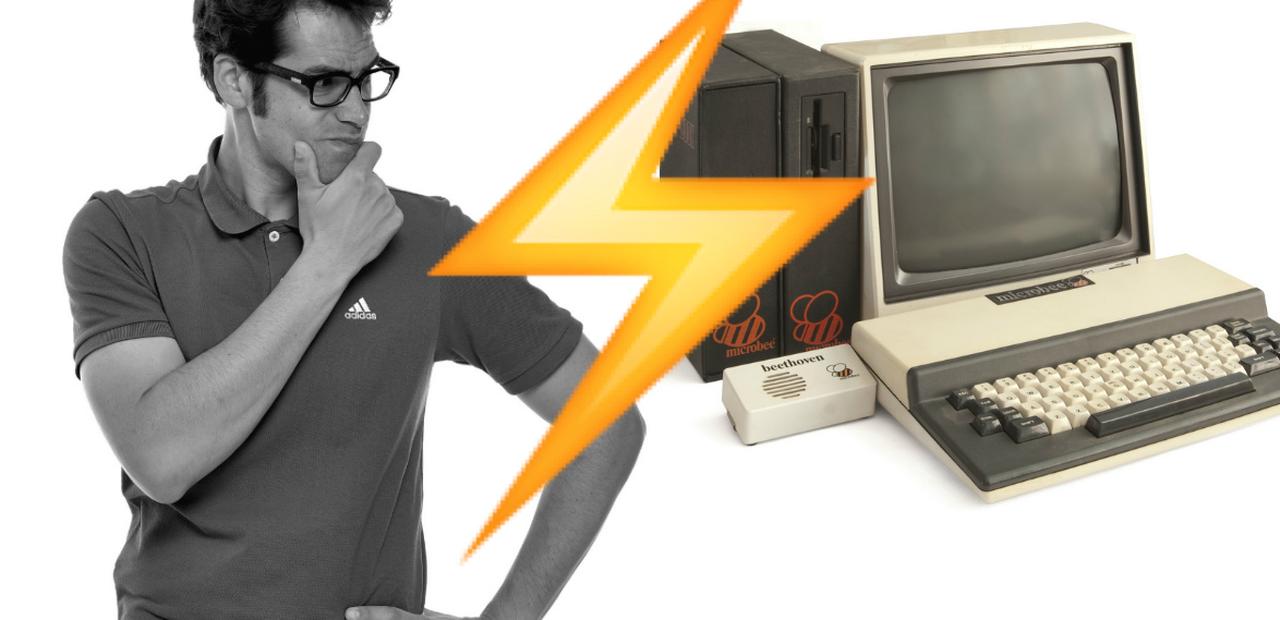
Concerns about the future of artificial intelligence (AI) have recently gained coverage thanks to pioneers like Hawking, Gates, and Musk, though certainly others have been peering down that rabbit hole for some time. While we certainly need to keep our eyes on the far-reaching, it behooves us to take a closer look at the social issues that are right under our noses.
The question of artificial intelligence transforming industry is not a question of when — it’s already happening — but rather of how automation is creeping in and impacting some of the biggest influencers in the economic sphere i.e. transportation, healthcare, and others, some of which may surprise you.
I recently discussed these near-at-hand social implications and ambiguities with Steve Omohundro, CEO and founder of Possibility Research.
In the words of Mr. Omohundro, we’re “on the verge of major transformation” in myriad ways. Consider near-term economics. McKinsey&Company have estimated that the presence of AI automation could impact the economy by $10 to $25 trillion in the next 10 years. Gartner, an information technology research group, estimates that 1/3 of all jobs will be relegated to the world of AI by 2025.
Evidence of these trends is particularly relevant in the areas of “the cloud” i.e. the ‘Internet of All Things’, delivery of services, knowledge work, and emerging markets. Tesla recently announced a software upgrade that would allow its self-driving cars to take better control on highways. In the same market, Daimler just released the first 18-wheeler ‘Freelance Inspiration” truck that will be given autonomous reign of Nevada (NV) freeways.
Leaps are already being made in the areas of healthcare and medicine; engineering and architecture (a Chinese design company recently produced 10 3D-printed houses in 24 hours); and, perhaps one that’s not as obvious — the legal profession.
Electronic discovery i.e. ediscovery is the electronic solution that is now used in identifying, collecting and producing electronically stored information (ESI) (emails, voicemail, databases, etc.) in response to a request for production in a law suite of investigation. The legal industry leverages this software in dealing with companies that sometimes have millions of emails, through which this natural language program helps sift and search.
Future impacts in the legal industry could resound in areas where much of what human lawyers do is considered quite routine, such as creating contracts. This type of work usually has a high ticket price, so there is tremendous incentive to automate these types of tasks.
There also exists the overlap and spill over of impacts of AI from one industry to the next, and the legal industry is right at the intersection. Think back to the autonomous cars. Lawyers are not poised to look forward to new and weird questions such as, ‘What if a self-driving car hits and kills a person? Who’s responsible? The people who built the car, or faulty software?’ We are on the cusp of having an “onslaught of new technology with very little clue of how to manage it”, says Omohundro.
Another area that is changing the lay of the land is big data, which is constantly being applied by consumer companies as they gather data about consumers and then target ads based on this information. Once again, the question arises of how to manage this process and define legal restrictions.
Price fixing presents another ambiguous case. It’s illegal to collaborate with other companies in the same business to set prices, and a recent case arose in which an online seller looked as if it was ‘polluting’ the space and fixing prices. Turns out, the seller was running bots to check competitors’ prices, which were then adjusted according to an algorithm. “What happens when the bot is doing the price fixing; is that illegal?” Apparently so, looking at the outcome of the case, but the question of volition is a valid one.
Along a similar vein, a Swiss group working in the name of art created a bot, gave it bitcoin, hooked it up to the ‘dark net’, a realm of the Internet where people trade illegally, and had the bot randomly buy things. The art exhibit display was what the bot bought while roving the dark markets. “Police allowed the exhibit, and then came and arrested the bot…carted the computer away,” explains Omohundro. “Every aspect of today’s society is going to be transformed by these technologies.”
While there’s no succinct answers to any of the economic or ethical considerations of the “big questions” that Steve brought up in our conversation, he’s confidant that more informed and serious discourse will help us make better decisions of the human future — and I certainly hope he’s right.
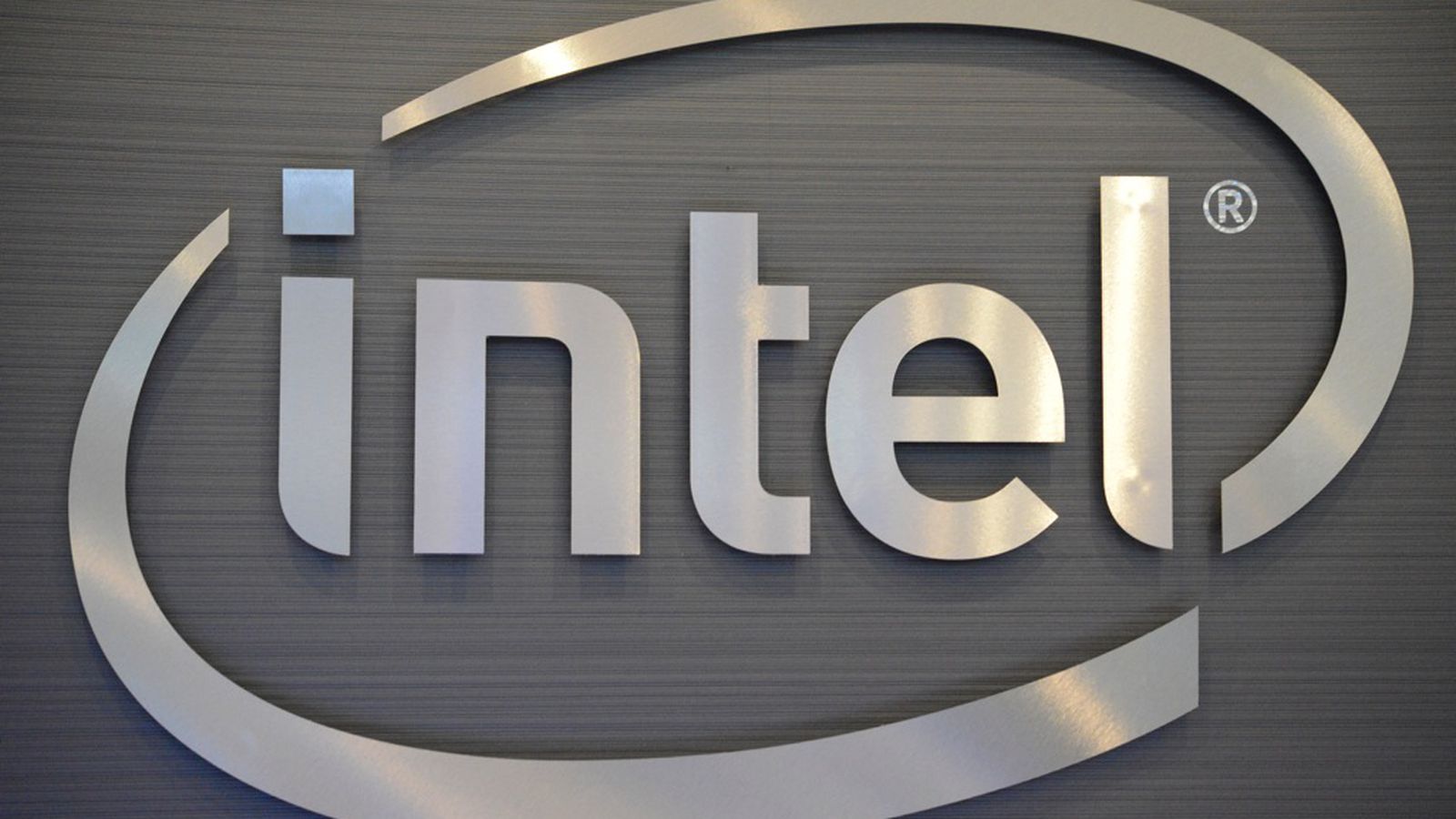
Intel and Micron Technology on Tuesday unveiled what they touted as a new kind of memory chip that could “revolutionize” computing devices, services and applications.
Intel and Micron have a new way to store data that they say is denser, tougher, and faster than the competition, and it’s already starting production. In a live keynote today, the companies announced 3D Xpoint, a new category of non-volatile memory that claims to be 1,000 times faster than the NAND architecture underlying most flash memory cards and solid state drives. The new architecture does without transistors entirely, relying on a bulk material property change to switch bits from a low-resistance to a high-resistance state. From there, memory cells are layered in an intricate three-dimensional checkerboard pattern that Intel researchers say is 10 times denser than conventional memory.
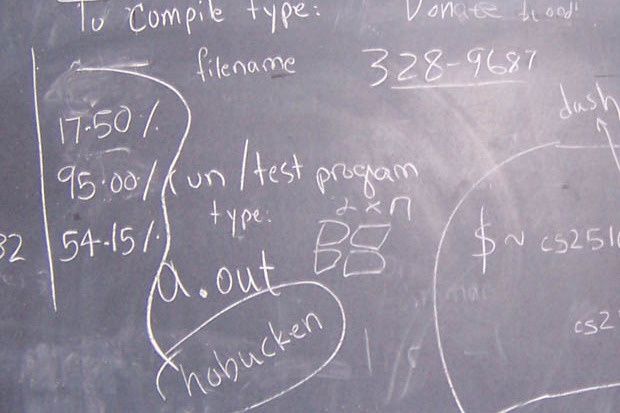
“The practical needs of both students and employers have given rise to a whole category of computer science education under the aegis of schools that aren’t colleges at all. These ‘code schools’ are aimed at eschewing theory and giving students practical skills in a short amount of time.” Read more
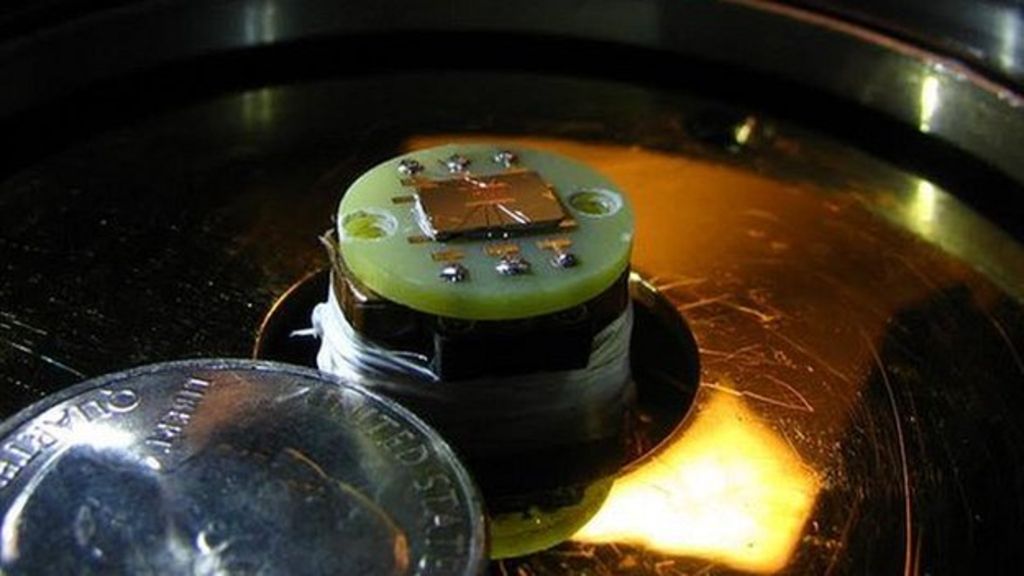
Engineers and physicists have discovered a property of silicon which could aid the development of faster computers.
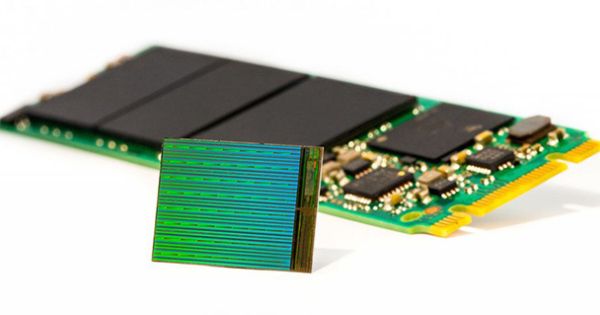
SSDs and other flash memory devices will soon get cheaper and larger thanks to big announcements from Toshiba and Intel. Both companies revealed new “3D NAND” memory chips that are stacked in layers to pack in more data, unlike single-plane chips currently used. Toshiba said that it’s created the world’s first 48-layer NAND, yielding a 16GB chip with boosted speeds and reliability. The Japanese company invented flash memory in the first place and has the smallest NAND cells in the world at 15nm. Toshiba is now giving manufacturers engineering samples, but products using the new chips won’t arrive for another year or so.

Hosted by the IEEE Geoscience and Remote Sensing Society, the International Geoscience and Remote Sensing Symposium 2015 (IGARSS 2015) will be held from Sunday July 26th through Friday July 31th, 2015 at the Convention Center in Milan, Italy. This is the same town of the EXPO 2015 exhibition, whose topic is “Feeding the planet: energy for life”.

I sometimes wonder, How much data am I generating? Meaning: how much data do I generate just sitting there in a chair, doing nothing except exist as a cell within any number of global spreadsheets and also as a mineable nugget lodged within global memory storage systems — inside the Cloud, I suppose. (Yay Cloud!)

“An analysis of the history of technology shows that technological change is exponential, contrary to the common-sense “intuitive linear” view. So we won’t experience 100 years of progress in the 21st century — it will be more like 20,000 years of progress (at today’s rate). The “returns,” such as chip speed and cost-effectiveness, also increase exponentially. There’s even exponential growth in the rate of exponential growth. Within a few decades, machine intelligence will surpass human intelligence, leading to The Singularity — technological change so rapid and profound it represents a rupture in the fabric of human history. The implications include the merger of biological and nonbiological intelligence, immortal software-based humans, and ultra-high levels of intelligence that expand outward in the universe at the speed of light.” — Ray Kurzweil.

“With more artificial intelligence being built into operating systems and their greater ability to find and present relevant data, some have predicted contextual information may eventually push users off of third-party apps…After all, why open an app if the data within it is easily accessible through Google Now or Siri?” Read more